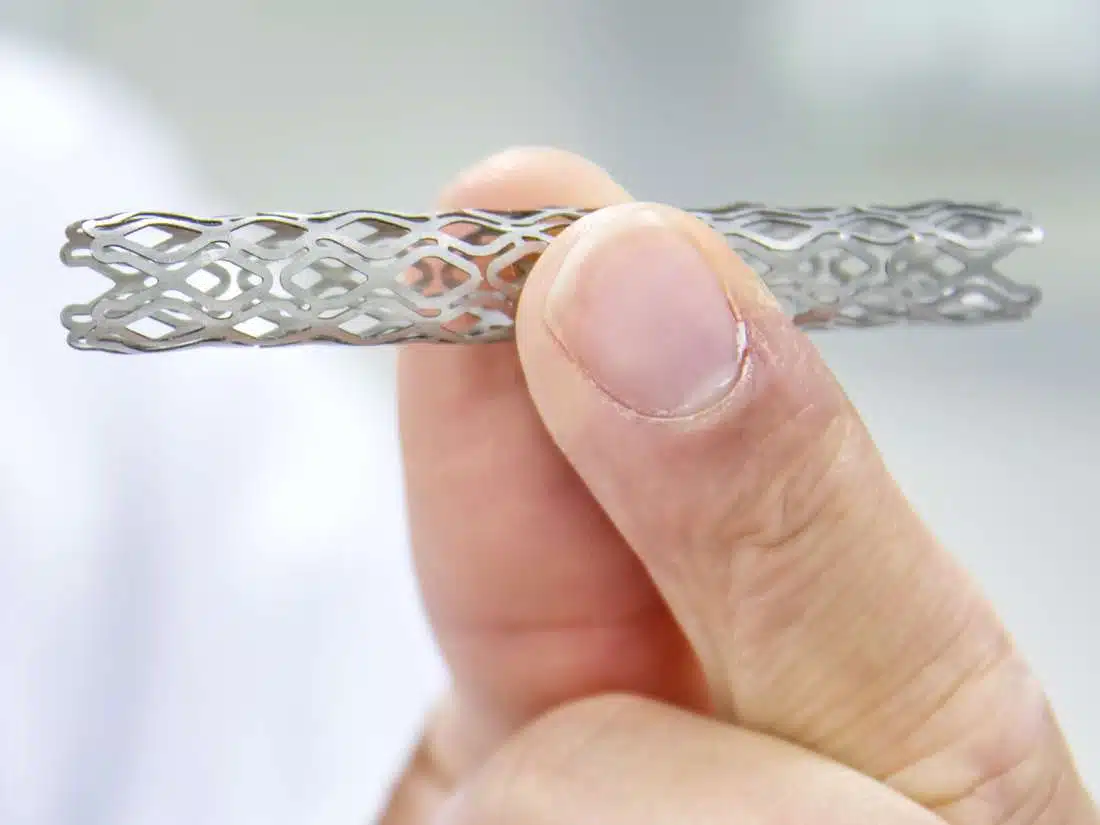Angioplasty is a procedure which leads the blocked arteries to open and restore blood to the heart muscle. The process of opening the blocked vessels can be done in different parts of the body to remove blockage. When angioplasty is done just for the heart it is called coronary angioplasty as it opens the coronary blood vessels. When the process is done to restore blood flow to brain it is called carotid artery angioplasty Your heart’s nourishing arteries may become clogged with fat, cells, and other substances, which may slow down blood flow to the heart and cause chest discomfort. Sometimes a blood clot may completely disrupt the bloodstream, which can lead to a heart attack. By angioplasty, your doctor opens the arteries and blood find flow to the heart muscle. Angioplasty is a procedure which helps to open arteriosclerosis and restore bloodstream to the heart muscle.
Angioplasty pros and cons
As everybody knows angioplasty will save people’s lives, especially when they experienced a heart attack. Angioplasty help you to have a normal blood stream and it supplies blood for your heart but before doing that it is necessary to know about angioplasty pros and cons. Sometimes a blood clot may completely disrupt the bloodstream, which can lead to a heart attack. Angioplasty causes the arteries to open and supply blood to the heart muscle. In angioplasty the doctor uses a stent to open the artery to keep the bloodstream flowing.
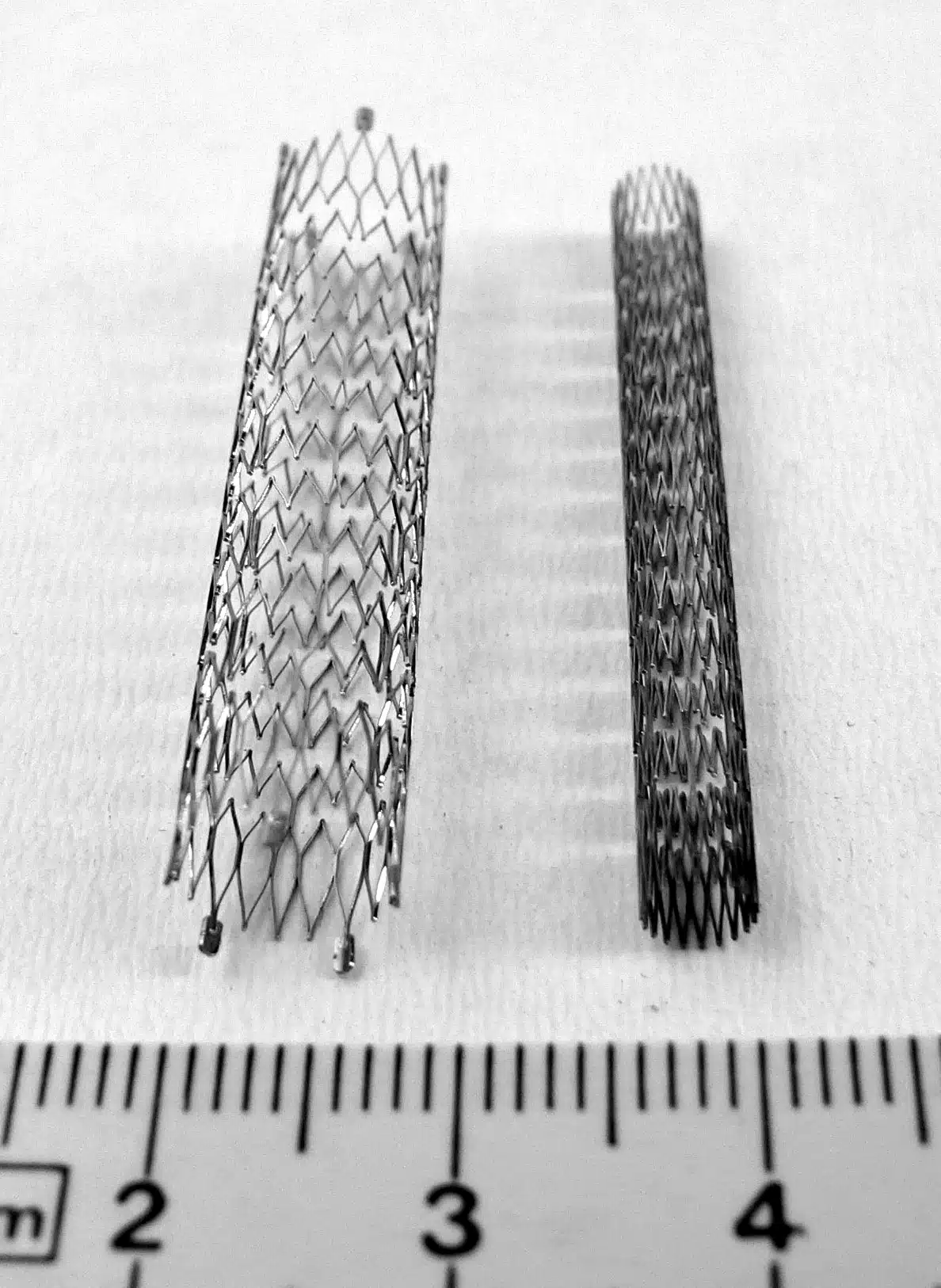

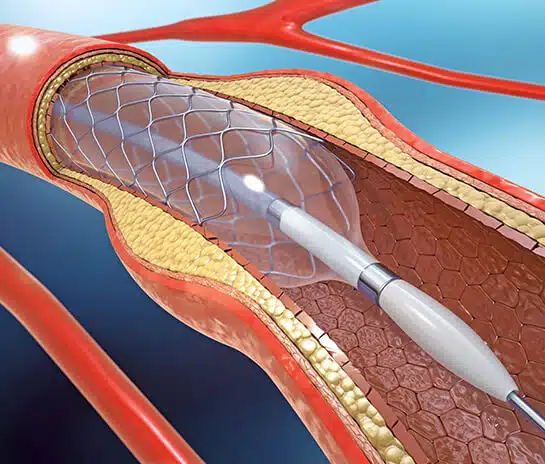
How is angioplasty performed?
- The doctor numbs a small area in the groin or wrist and pushes a small tube into the artery. It doesn’t hurt more than getting blood in a test.
- A thin plastic tube (catheter) is pushed into the arterial system to reach the coronary artery (cardiac) system.
- By X-ray observation on a particular screen, the physician can move the catheter into the obstructed artery and then a very thin wire is pushed into the obstructed area. On the wire is a catheter with a thin balloon.
- The balloon dilates and pushes the plaque to the sides of the artery, to open the artery and make blood flow more easily. This can be done more than once.
In some people, a stainless steel device is firmly mounted on a special balloon, pushed into the obstruction site. * By expanding the balloon, the device grows against the artery walls and helps opening the artery.
- The balloon and the catheter are removed, the artery is now open and your heart receives the blood it needs.

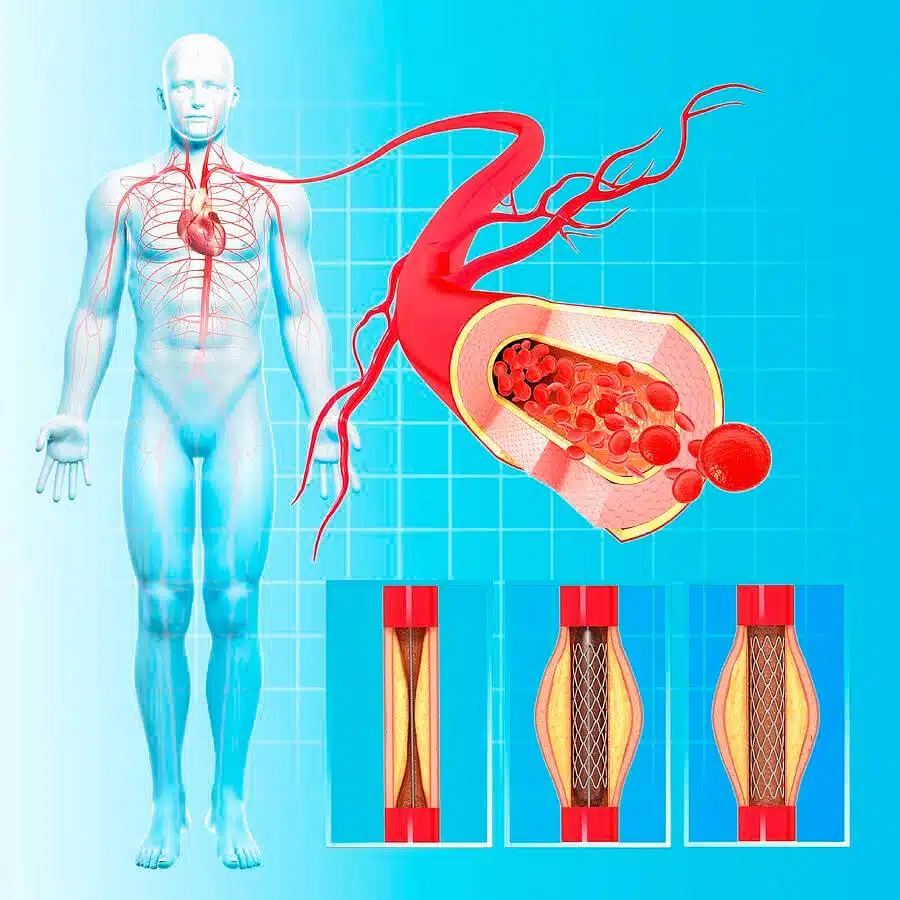
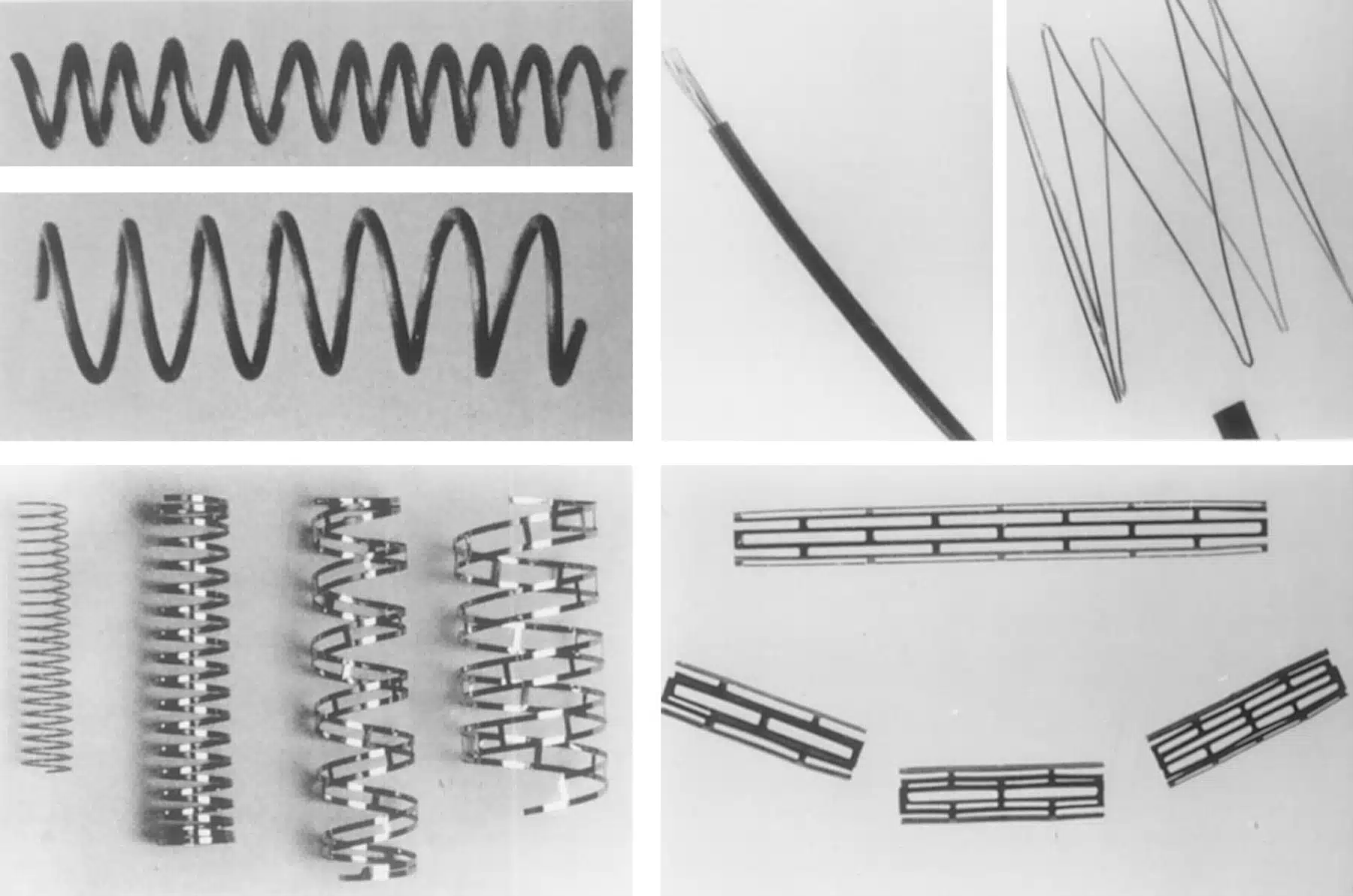
Benefits of Angioplasty
- Angioplasty doesn’t need to use general anesthesia and the doctor will use topical anesthesia.
- It doesn’t need a long-term hospitalization.
- Complications of open heart surgery, such as a wide wound, do not require healing.
- It has little movement limitation and no need for sick leave from work.
- Reduces the risk of arteriosclerosis.
- It is not necessary to dress the wound and take care of it.
- You can continue exercising after surgery if your doctor consultation.
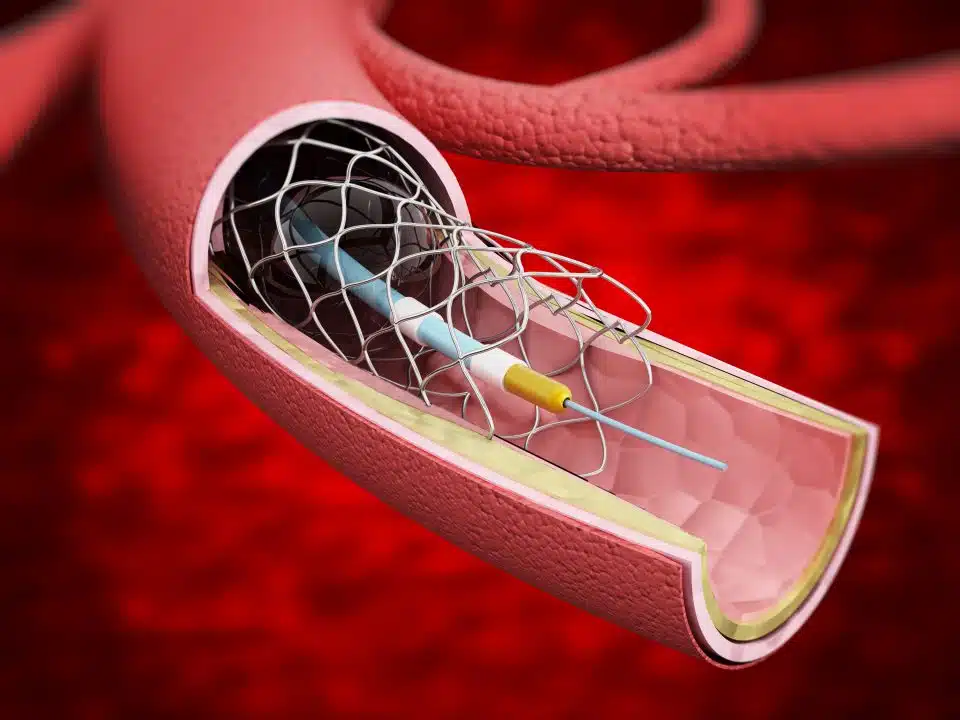
Necessary precautions before angioplasty
* It is necessary to fast for 3 hours before surgery. * Bath and shave the groin hairs and both sides of the chest and both hands * Perform preoperative tests * Use Plavix as prescribed by your doctor * Take aspirin tablets as prescribed by your doctor * Sometimes it is necessary to insert a catheter for the patient. It should be noted that the catheter should not be removed by hand as it may cause rupture of the urethra and bleeding. * You need to have all relevant documents of the disease (echo – electrocardiogram – exercise test – previous angioplasty documents – or heart surgery documents)
Important points after angioplasty
- The site of operation, usually the foot or wrist, should be completely immobile because it contains a device that will come out after a few hours as instructed by the physician, and if it is moved, it will rupture the artery and then bleed.
- When the catheter is removed from your hand or foot, the nurse or physician will usually apply direct pressure to the catheter insertion site to ensure that there is no internal bleeding. After removing the device, you lie for 4-5 hours and your doctor or nurse will check for signs of bleeding or chest pain.
- Never lift a heavy object, climb up and down a staircase, and sleep on the operation area in first few days after angioplasty.
- Keeping a low-fat diet, exercising, quitting smoking, taking heart medications and regularly visiting a doctor is recommended after angioplasty.
Angioplasty FAQs
How long my arteries will remain open?
In few cases the artery will get narrowed and blocked again especially when the procedure is not done correctly by using stent. Restenosis can happen afterwards. In some cases the artery wall may get thicker as a result of stretching during the angioplasty process. The stent insertion may cause creating a scar tissue around the stent and causes arteriosclerosis. So after six month you need to see your doctor to check your arteries condition. Although restenosis is common, it does not affect every patient, and the prognosis for many angioplasty patients is excellent. Studies have shown nearly similar survival rates for bypass and angioplasty patients over five years following the original procedure.
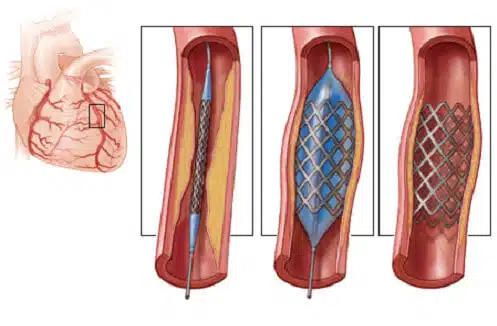
How long does the angio surgery take time?
It totally depends on the number of involved arteries and to the severity of the arteriosclerosis. It can be done in 30 minutes or in some cases to three hours.
Will the patient be conscious during the surgery?
The patient will be conscious so angioplasty is done under local anesthesia not general anesthesia.
How long should a stent stay in my artery?
Stents will be kept permanently in your body and they are designed to be in your body for the rest of your life.
What is the significance of angio?
the procedure is done to make the arteries open and it is carried out in an operation room. By inserting a stent in your clogged arteries you supply blood to your heart and this will save your life and help your heart to work regularly.
Is Angioplasty performed only for the heart?
The process of opening arteriosclerosis vessels can be done in different parts of the body to remove blockage. When angio is done just for the heart it is called coronary angioplasty as it opens the coronary blood vessels. When the process is done to restore blood flow to brain it is called carotid artery angioplastyِ.
How long will the effects of angio last? Will you need to perform it again after some time?
The arteriosclerosis may occur again which is known as restenosis but it happens rarely when you insert a stent into the blocked vessel. But in some cases the patient need bypass surgery after doing angioplasty.
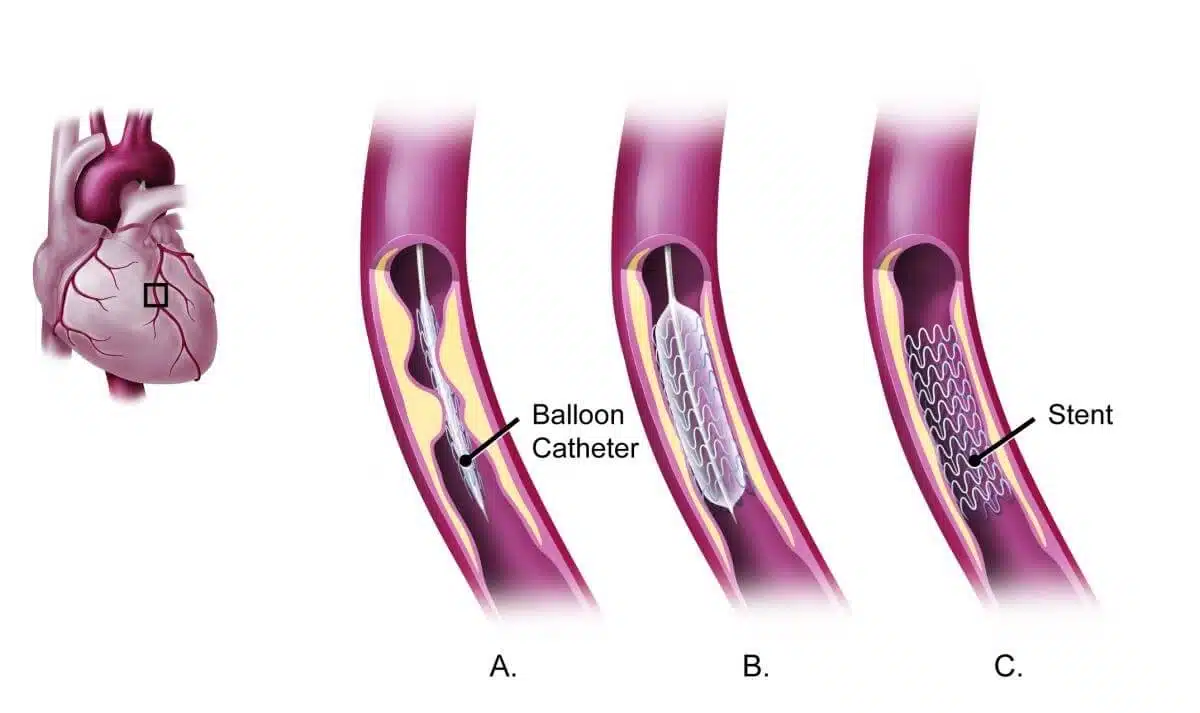
How often should I see my doctor after doing the angioplasty?
You ought to see your doctor to check if arteriosclerosis is removed or not. You need to see your doctor regularly to make sure that there is no blockage.
What are angioplasty complications?
Angioplasty like other medications has some complications after doing the procedure. Some of them are not important and recuperate after some time but some are more serious like, Bruising of the site, Stroke, Heart attack risk, Scar growing in the stent and having irregular heartbeats.







